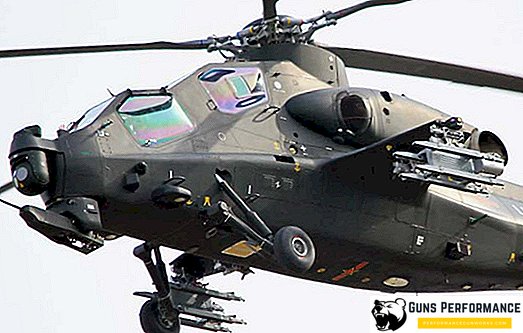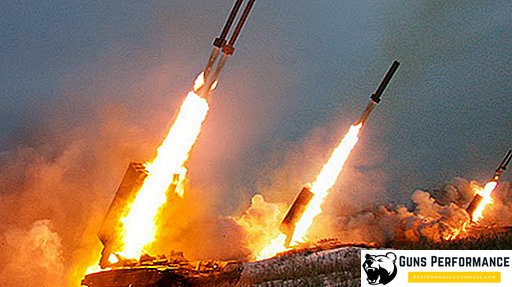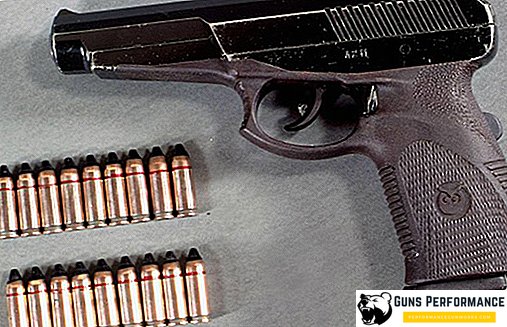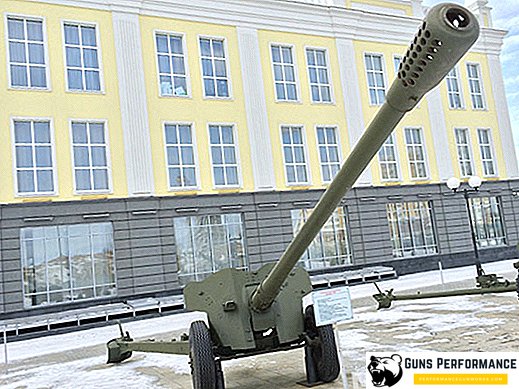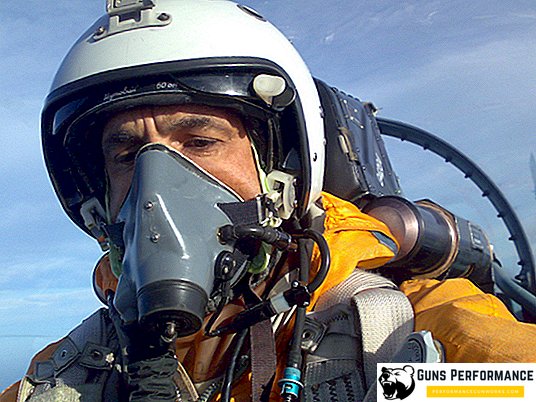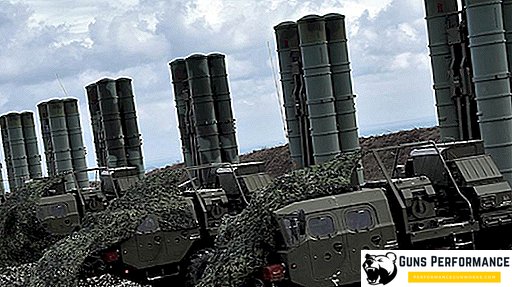
The large waterfowl ZiS-485 / BAV is a representative of the Soviet family of amphibious all-terrain vehicles, created by the efforts of the design team of the Dnepropetrovsk Automobile Plant.
The main purpose of the new vehicle is to transport personnel, army cargo and military equipment through water barriers and in wetlands.
History of creation and mass production
The experience of landing and overcoming major water obstacles, received by Soviet troops at the final stage of the Great Patriotic War, forced the Soviet military leadership to seek ways to solve the technical equipment of army units with amphibious vehicles.
The idea was taken the design of American amphibians used by Soviet troops in the framework of the Lend-Lease program. Design works were carried out by B.T. Komarevsky, G.M. Grigoriev, N.V. Safronov and I.I. Thor. As a result, already in the spring of 1951, a prototype of a BAS based on a ZiS truck, an analogue of an overseas car, was presented to a high commission. In the same year, it was recommended to adopt new equipment for the engineering units of the Soviet Army under the name - ZiS-485 / BAS (Large Watercraft). The car was produced in three series from 1952 to 1962 in three enterprises.

Tactical and technical characteristics of the Soviet car - amphibious ZIS-485 / BAV
- The number of seats in the cabin - 28 people.
- Combat weight - 7.05 tons.
- Length - 9.54 m, width - 2.48 m, height - 2.66 m, clearance - 224 mm.
- Wheel formula - 6x4.
- 6-cylinder carburetor engine, power - 110 hp
- Loading capacity - 2500 kg.
- Fuel consumption per 100 km - 47 l.
- Maximum speed on the highway - 60 km / h, afloat 10 km / h.
The Soviet amphibious vehicle ZIS-485 / BAS consisted in equipping Soviet engineering units until the mid-1980s. The Soviet amphibian did not have any combat use experience, except for the participation of several vehicles during the armed conflict on Damansky Island.
Photo machine






